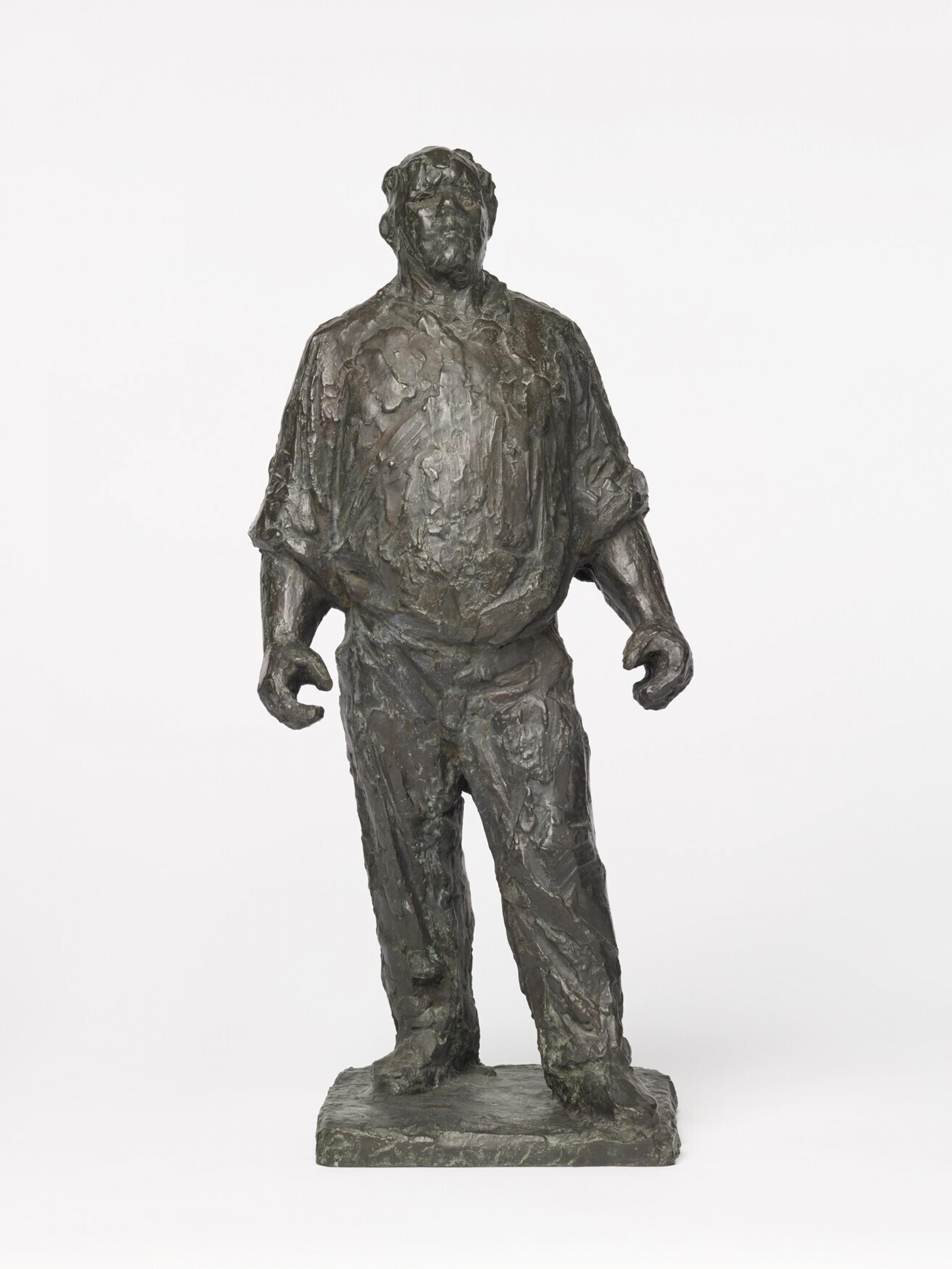Mari(e) Silvester Andriessen (1897 - 1979) was a Dutch
sculptor. He was a member of the second generation of the Group of figurative
abstraction, also known as De Groep (“The Group”).
The years up to and including the war were difficult for him
and other sculptors, as there were few assignments. The 1940-45 period gave a
decisive twist to his life and work.
Andriessen, as 'Aryan artist', had to
become a member of the Nederlandsche Kultuurkamer, which was based on National
Socialist philosophy, which he refused. Because of this he received no
commissions and was not allowed to exhibit. Andriessen held Jewish people in
hiding in his house and the resistance had a weapons depot in Andriessen's
studio.
When the war ended, many municipalities wanted to have a war
memorial. Few knew what such a monument should look like. Andriessen had
learned from his teacher Bronner that an image had to be clear, clean and
well-organized. He was inspired by Belgian and French realists (Constantin
Meunier, Aimé-Jules Dalou and Auguste Rodin).
His best-known works are De Dokwerker (“The Docker”), Anne
Frank and “Man for the firing squad”. De Dokwerker on Amsterdam's Jonas Daniël
Meijerplein commemorates the February strike of 1941.



















































